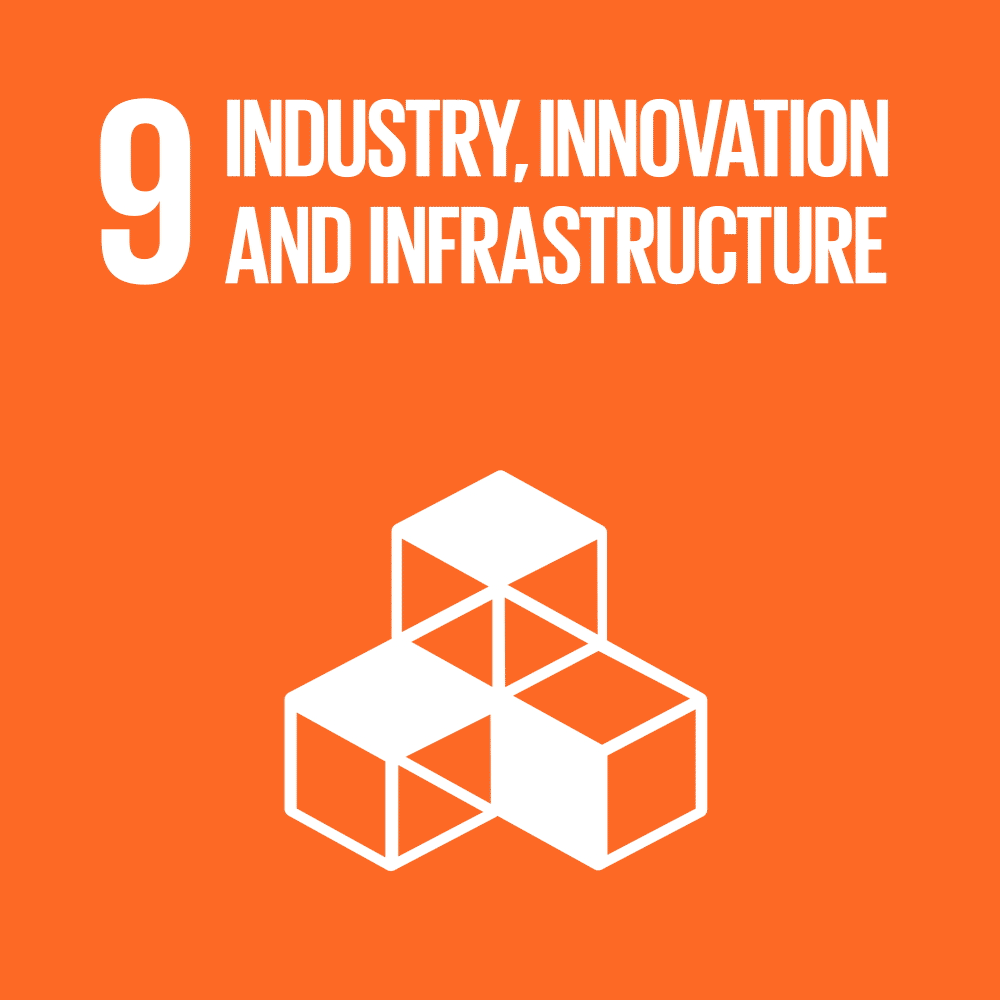The 2030 Agenda for Sustainable Development is a global framework adopted by all United Nations Member States in 2015 (United Nations, 2015), aimed at achieving peace and prosperity for people and the planet by the year 2030. It is centred around 17 Sustainable Development Goals (SDGs) (United Nations, 2023), which address the world’s most pressing challenges, including poverty, inequality, climate change, environmental degradation, peace, and justice. The Agenda is universal, inclusive, and calls for action by all countries — developed and developing — in a global partnership. It emphasizes that the SDGs are integrated and indivisible, highlighting the balance between economic growth, social inclusion, and environmental protection. The implementation of the Agenda requires national ownership, global partnership, and the engagement of all stakeholders, including governments, the private sector, civil society, and individuals, to ensure no one is left behind.
As part of the research on the impacts of Urban Air Mobility (UAM) on citizens’ quality of life, the MUSE project reviewed the relationship between UAM and the UN sustainable development goals. Considering the SDGs’ relation to social and environmental consequences of multiple trends, they are closely linked to the MUSE objectives. These goals, and associated indicators, have been a key input for the development of the MUSE Environmental and Social Performance Framework, which will be published in the upcoming months.

Indeed, the integration of UAM into urban transportation systems has the potential to significantly influence the achievement of several of the United Nations Sustainable Development Goals. Operating Unmanned Aerial Vehicles (UAVs) within the framework of UAM can have specific impacts on many SDGs, and in particular:
 Positive Impact: Drones can be used for rapid delivery of medical supplies, vaccines, and blood transfusions to remote or hard-to-reach areas, improving access to health services and emergency care.
Positive Impact: Drones can be used for rapid delivery of medical supplies, vaccines, and blood transfusions to remote or hard-to-reach areas, improving access to health services and emergency care. Positive Impact: The development of electric-powered drones contributes to the reduction in greenhouse gas emissions associated with traditional fossil fuel-based transportation methods.
Positive Impact: The development of electric-powered drones contributes to the reduction in greenhouse gas emissions associated with traditional fossil fuel-based transportation methods. Mixed Impact: UAM can disrupt existing jobs in traditional transportation industries, but it may also create new jobs in technology, manufacturing, and service sectors.
Mixed Impact: UAM can disrupt existing jobs in traditional transportation industries, but it may also create new jobs in technology, manufacturing, and service sectors. Positive Impact: UAM represents a significant innovation in transportation technology, potentially leading to advancements in infrastructure that accommodate air mobility solutions, such as vertiports and eVTOL landing pads.
Positive Impact: UAM represents a significant innovation in transportation technology, potentially leading to advancements in infrastructure that accommodate air mobility solutions, such as vertiports and eVTOL landing pads. Mixed Impact: While the introduction of drones and eVTOLs into urban areas raises concerns about noise, privacy, and safety, UAM can also reduce congestion on urban roads and contribute to more efficient transportation systems. Thoughtful regulation and urban planning are required to ensure that UAM contributes positively to the sustainability of cities.
Mixed Impact: While the introduction of drones and eVTOLs into urban areas raises concerns about noise, privacy, and safety, UAM can also reduce congestion on urban roads and contribute to more efficient transportation systems. Thoughtful regulation and urban planning are required to ensure that UAM contributes positively to the sustainability of cities. Positive Impact: Drones can make supply chains more efficient by improving inventory methods in warehouses and by lowering transport times, contributing to more sustainable production patterns.
Positive Impact: Drones can make supply chains more efficient by improving inventory methods in warehouses and by lowering transport times, contributing to more sustainable production patterns. Positive Impact: By providing a cleaner alternative to ground-based transportation, especially if powered by renewable energy, drones can contribute to efforts to combat climate change.
Positive Impact: By providing a cleaner alternative to ground-based transportation, especially if powered by renewable energy, drones can contribute to efforts to combat climate change. Mixed Impact: Drones’ deployment needs to be managed carefully to avoid disturbing wildlife, but drones are also used in wildlife monitoring and anti-poaching efforts, contributing to biodiversity.
Mixed Impact: Drones’ deployment needs to be managed carefully to avoid disturbing wildlife, but drones are also used in wildlife monitoring and anti-poaching efforts, contributing to biodiversity. Positive Impact: The development and integration of UAM solutions involves partnerships between governments, industries, and civil society, fostering collaboration towards achieving the SDGs.
Positive Impact: The development and integration of UAM solutions involves partnerships between governments, industries, and civil society, fostering collaboration towards achieving the SDGs.
For UAM and drone operations to positively affect the SDGs, several considerations must be taken into account:
To summarize, the extent to which UAM will contribute to achieving the SDGs depends on the policies, technologies, and practices that are developed as this sector evolves.
In addition to the UAM impact in general, the MUSE project aims at having a positive impact on several of the Sustainable Development Goals as follows:
From an economic and technological point of view, the results of MUSE open the door to the development of innovative products and services. The proposed U-space service for the optimisation of the social and environmental impact of UAM operations is the clearest example, but the technologies developed by MUSE can also enable other products and services, such as (i) new U-space simulation tools based on the developed trajectory generation tools; (ii) new tools for modelling noise propagation in urban areas; or (iii) new population mapping tools, applicable to risk analysis studies of UAM operations.
It should be noted that the applicability of many of these technologies goes beyond the aviation domain and generates business opportunities in other sectors (e.g. population exposure tools are of interest for a wide range of problems, from air quality to the spread of diseases). Finally, the results of MUSE will increase the social acceptance of UAM, which in turn will contribute to fostering the drone economy and industry.
Stay updated on MUSE’s latest developments and activities by following us on social media. LinkedIn – Twitter
References
[1] United Nations (2015). Transforming our World: The 2030 Agenda for Sustainable Development.
[2] United Nations (2023). United Nations – Department of Economic and Social Affairs, The Sustainable development Goals Report 2023: Special Edition.